Proposed Title :
FPGA Implementation of Obfuscating DSP Circuits based approach on Reconfigurable Folded Third order IIR Filter
Proposed System:
- Increase the sampling frequency, and tested cut-off frequency, with low pass, high pass, etc,.
- Added digital control oscillator, and tested the power level with signal based.
Advantages:
- Reduce the power level
- Reduced the area size
Software implementation:
- Modelsim
- Xilinx

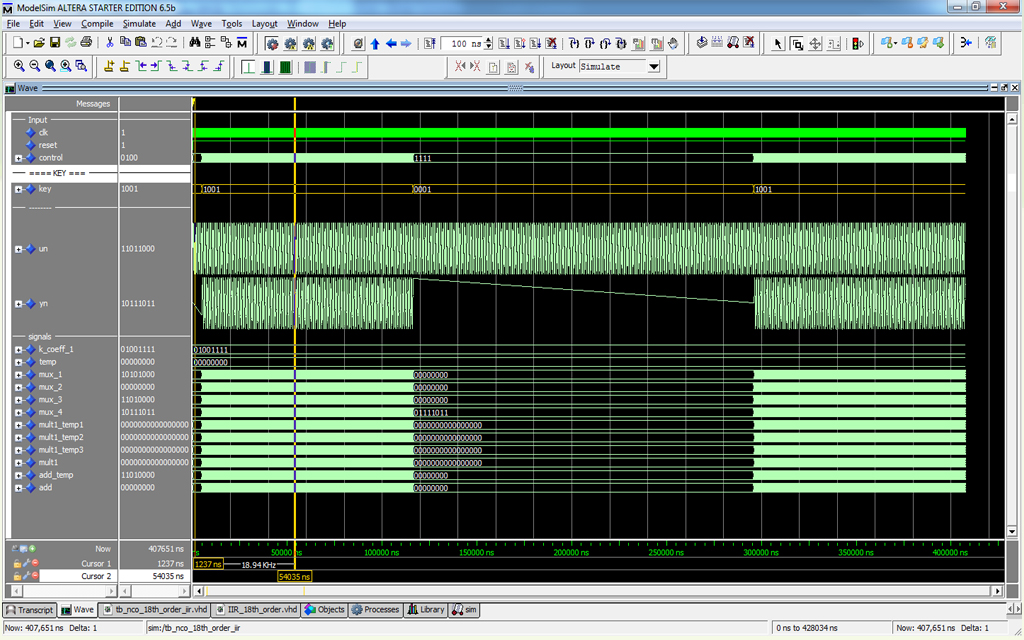
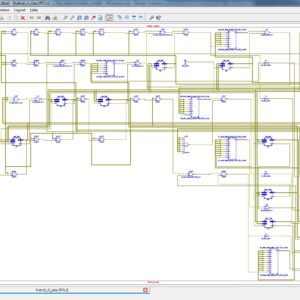
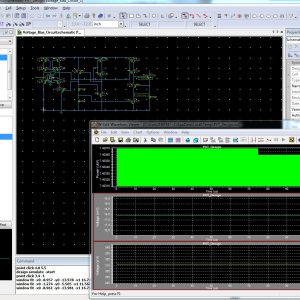
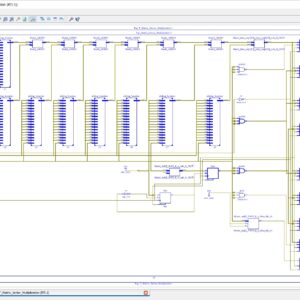

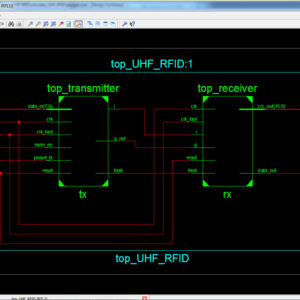
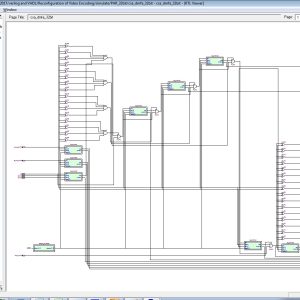

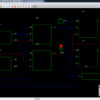
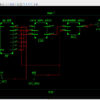
Reviews
There are no reviews yet.